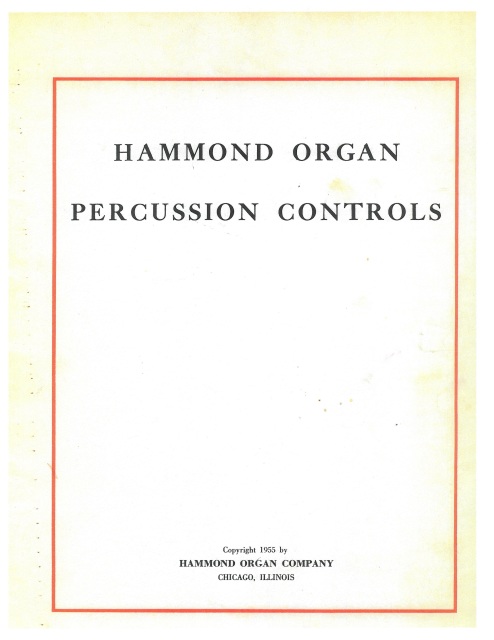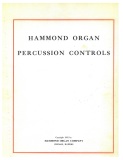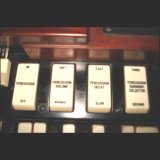- Store
- >
- Downloadable PDF Files, Videos, Instructional Material, Piano-Organ-Resources.. Downloads will be emailed to you and also be available at Download link immediately after purchase...
- >
- Understanding Percussion Tabs On B-3, C-3, A-100 Organ
Understanding Percussion Tabs On B-3, C-3, A-100 Organ
SKU:
$1.50
$1.50
Unavailable
per item
This book was written as an addendum to the original Hammond Organ Owners Manual. Basically the organs are the same when understanding setting up the drawbars. The major difference between the BV and B2 was that the B-2 added split vibrato, and the B-3, C-3, A-100 introduced the percussion tabs also. Often a dealer would give the original Hammond Owners manual and this booklet to those who purchased the newer B-3, C-3 or A-100.
We ask a small administrative fee of $1.50 to help maintain this site and develop and scan more products as we get time.
We ask a small administrative fee of $1.50 to help maintain this site and develop and scan more products as we get time.
One of the great things about the Vinatage Hammond Organs i.e. B, C, A, RT3's is that they did not reinvent the wheel when they came out with a new model organ. The owners manual for a BV, B2, could be given to a client and then when the Harmonic Percussion tabs came out they just added this addendum. They gave the original manual to the client for BV. B2. and when the B-3 come out they gave this addendum manual. One of the reasons that the Hammond Vintage Organs have lasted so long is because they produced a product that they wanted to last. So often with the newer technology, the new model organ has all new circuit boards chips and design... Almost nothing can be retrofitted. This is not the case with the Vintage Hammond Organs... Parts from a B-2 could work on a B-3 C-3 RT-3 A-100, Even back to the BV and BC's... Screws can be interchanged, even the M-3 parts can be used on a B-3 .. There are more Vintage Hammond Organs made than all the other organs combined that have ever been made... What a heritage! There are more parts available than any newer organ you name it.. A New Hammond, A new Roland, A new Rogers, A new Allen.. etc.. The reason why is because from one model to the other there was consistency and parts were many time interchangeable. When they changed this policy they went out of business.


